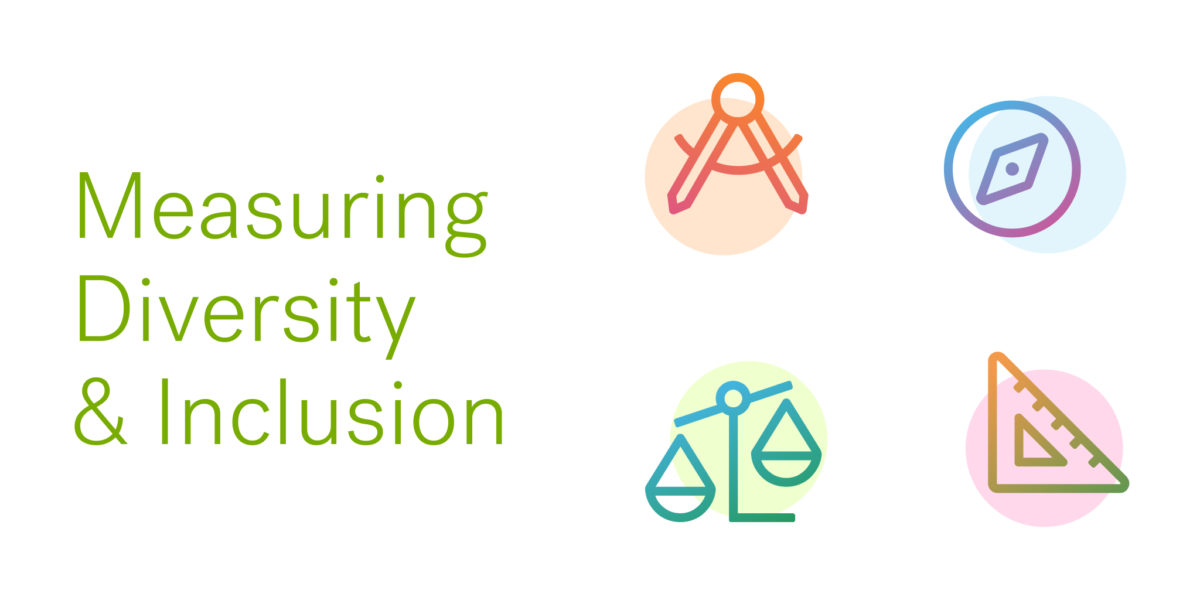In today’s age, diversity, equity and inclusion has become an unavoidable aspect of each and every organisation’s day to day strategy. Diversity refers to the presence of difference in an organisation, involving having employees from a varied set of ages, races, genders, sexual orientations, religions, and more. Equity involves the offering of consistent and fair opportunities across all spheres of employment, ensuring that all demographics are treated equally and fairly in terms of opportunities, compensation, and representation. Inclusion, on the other hand, involves embracing diversity at the workplace.
Every organisation today has spent significant resources in their pursuit of improving the diversity and inclusion of the organisation. However, according to Harver, only 23% of HR professionals believe that their DEI programs are highly effective. While improving DEI has its own set of barriers, measuring organisational progress and current status is also extremely challenging, with no exact way to measure the same, leading to challenges in evaluating the impact of DEI initiatives and programmes that have been implemented.
Diversio, an organisation that specifically solves this problem, uses its proprietary software and vast database of information on companies across the globe to provide insights into the level of DEI commitment and progress of the organisation. Their insights platform consists of two products, the diversio public insights, and the diversio custom insights products. Both of these are aimed at measuring and comparing an organisation’s DEI strategies. Along with tracking your own progress, it also allows you to benchmark your organisation against industry competitors, evaluate portfolio companies or suppliers for DEI progress and risk, improve the organisation’s talent acquisition and retention strategies, and also helps attract investors by demonstrating the organisation’s DEI programming’s relative strength. Do you think that DEI is still a ‘nice to have’ for an organisation, or has it turned into an organisation’s biggest competitive advantage?
